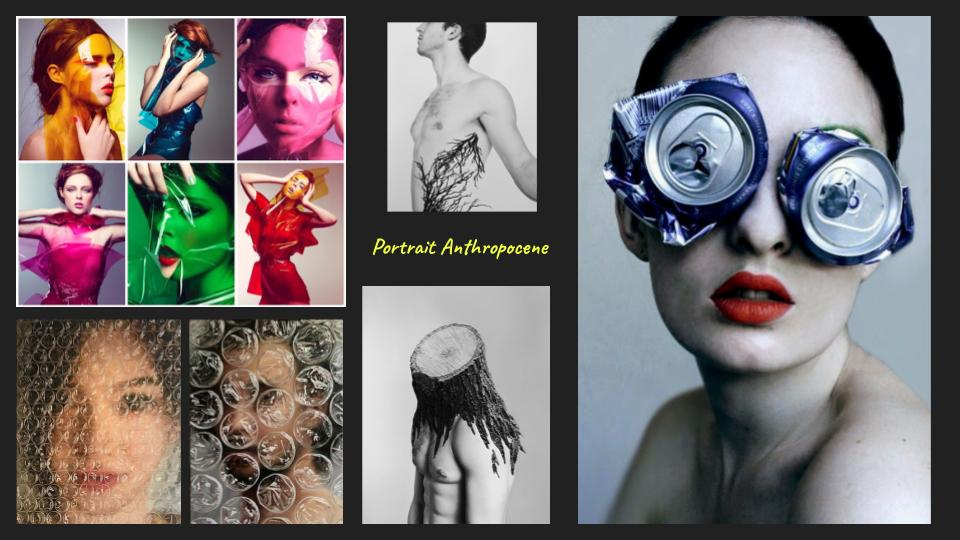Anthropocene comes under the term of meaning – “The period during which human activity has been the dominant influence on climate and the environment.” This topic can be explored in many different ways as a photographer. Linking all different human activity into photos and what has happened over time between human and nature. The bad of us humans influence the majority of photographers to take images and express what the world has come to with the world having negative impacts on the environment such as over population, pollution, de-forestation, plastic crisis, climate change, the evolution of technology, hunting, urbanization etc. These negative impacts can be a good source to photograph. But Anthropocene photography doesn’t have to be all doom and gloom with the change in the world due to humans. Creativeness and intriguing images can link human and nature together and see the similarities they have. Some examples below show the positive and negative sides to what Anthropocene can be expressed as…


Anthropocene is known to be about nature and the impacts due to humans, but not all images have to be landscape or only show what the issue is. For example, an images of cut down trees from a forest represents de-forestation. Anthropocene photography can link to portraiture which describes what humans are typically doing in our day to day life to cause Anthropocene. Examples of portrait Anthropocene is seen below..

This images may not be directly made to express Anthropocene and seem to be photo-shoots for fashion but they link to the meaning of Anthropocene for sure. This is seen by the way the photographer has used their model to use plastics, metals to cover themselves which indicates what use these materials become to humans when wasted which is nothing. Photoshop with the two pictures of the guy suggests how nature links to man kind and how similar we are to one another. It is a good outcome of photos when physically linking nature to humans and it is something i might base my own work on.
